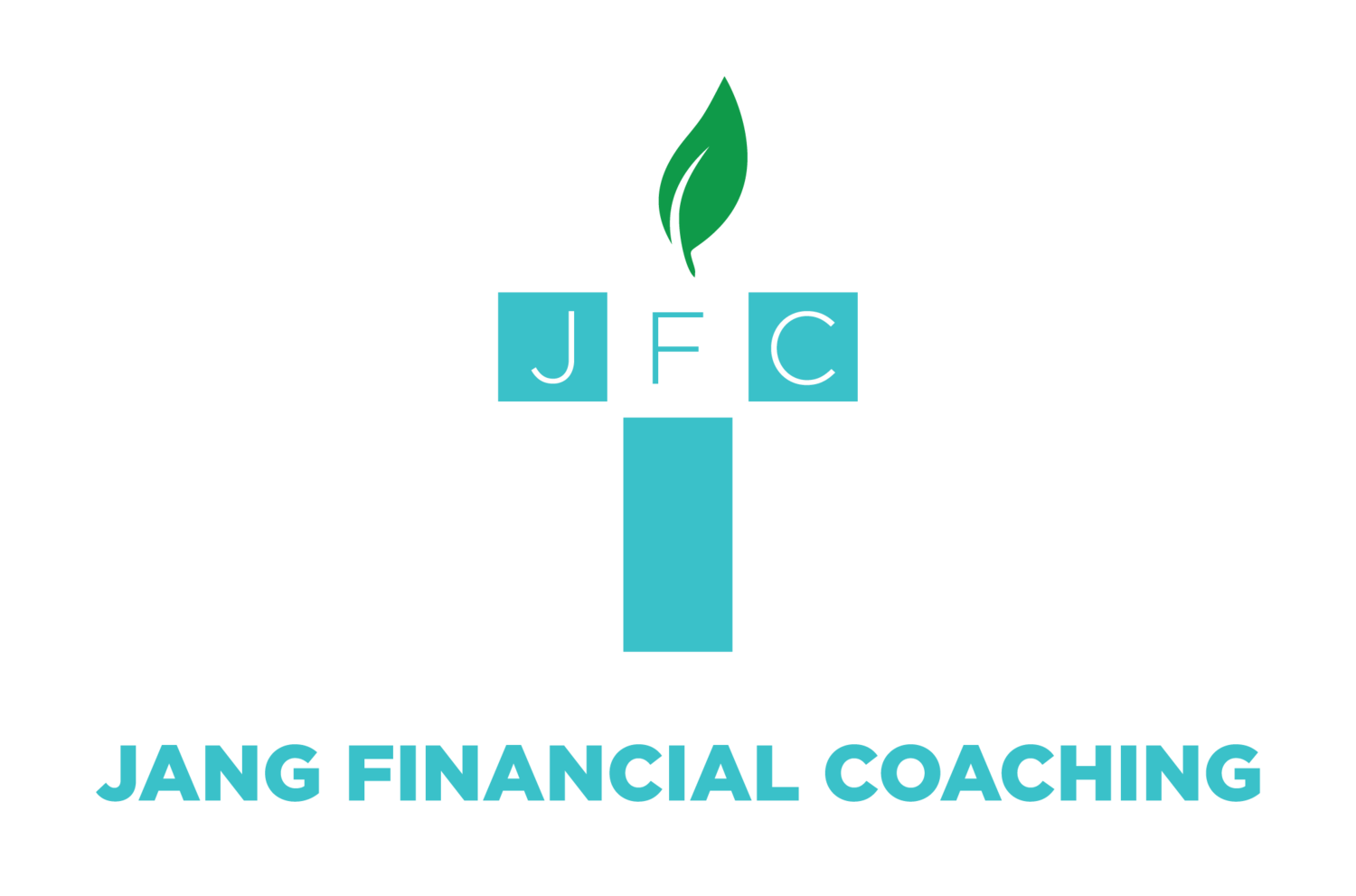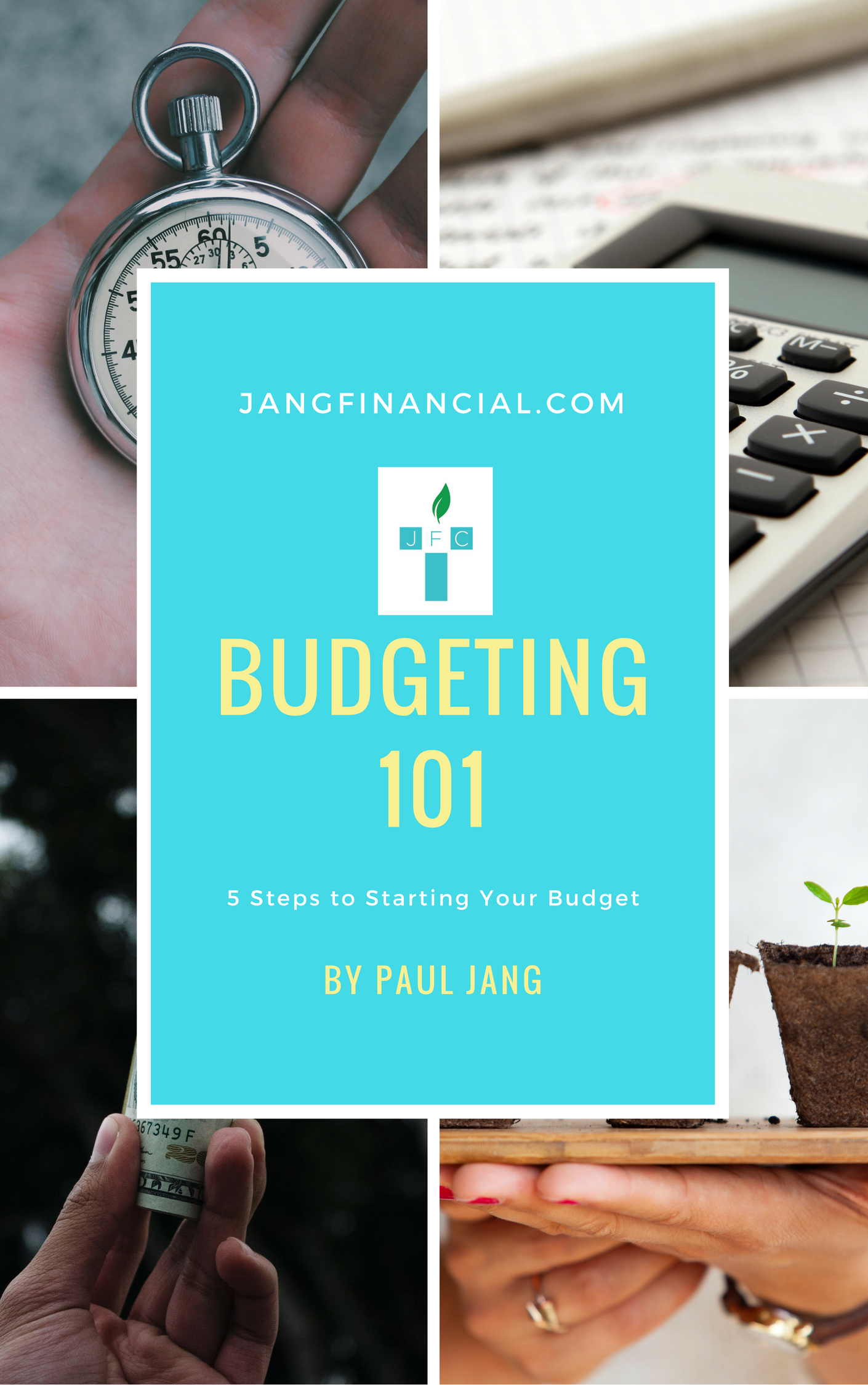Secrets of Knocking Out Your Debts
/Debt Snowball
Once you have learned to live on a written budget and know exactly how much you can use to attack your debt, you are ready for the debt snowball.
List your debts in order, from the smallest amount to the largest amount. You might be tempted to get all nerdy considering the interest rates on each debt you owe, but don’t worry about it. You might be wondering all the extra interest rates you will be paying if you don’t pay off the ones with the highest. Don’t bother. If you were that good in terms of math, you wouldn’t have gotten yourselves in this mess anyway. You are going to list your debt simply smallest to largest in amount, regardless of the interest rate, unless two debts have a similar payoff balance. In that case, list the higher interest rate first.
Pay minimum payments on all of your debts except for the smallest debt. Attack the smallest debt with everything you got. Pick up some extra income by selling stuff, working extra hours, cutting your expenses in certain areas of your budget. Attack the smallest.
Power of the debt snowball is that as you work on this way of paying off your debt, you will start to see momentum building up. For one thing, you will experience that win you need to keep you motivated and encouraged to keep at it. As you knock out one debt, the amount you were using will now be freed up and be added to the next debt, and the applied amount will increase, creating more momentum. Though a snowball starts small from the top of the mountain, as it continues rolling down the hill, it will pick up more and more snow, and by the time it comes down the hill, the snowball will look more like a snow boulder.
Once the first debt is paid off, you attack the second debt, and as soon as you pay off a debt, you add its old minimum payment to your next debt payments.
The total amount you are paying into debt payment does not decrease during this process. You are working with the same total amount to pay off your debt. As each debt is paid off, you just get to use more and more to be applied to the next biggest debt. The “new payment” is the total of the previous debt’s payment plus the current debt’s minimum.
Now, you can include the interest rates in your calculation as you work on your debt snowball to determine exactly how long it will take for you to knock out all of your debt. Are you interested in working on your debt snowball? If you would like this excel worksheet, email me at paul@jangfinancial.
But remember that debt snowball really works when you are working on a budget as your budget will be the foundation for you to control your spending, get out of debt, and once out of debt, build wealth and give generously beyond your dream.
Are you ready to get started? Contact me at paul@jangfinancial.com if you want to help disciple your congregation as God-honoring stewards from a biblical perspective, or if you yourself want to grow as a steward seeking to practically manage the finances better to hear from our Lord upon his return, “Well done, good and faithful servant. You have been faithful over a little; I will set you over much. Enter into the joy of your master.” (Matthew 25:21, 23)
Questions to Ponder:
1. Proverbs 22:7 teaches, “The rich rules over the poor, and the borrower is the slave of the lender.” How is debt affecting your life lately? Your relationship with your loved ones? With God?
2. Debt contributes majorly to your stress and emotional problems, often damaging relationships. Debt essentially delays solving our real problem and fundamentally steals from your future. Have you committed to eradicating your debt and adding no new debt?
3. Jesus Christ came to set you free from the power of sin and death. How is Jesus the Savior and Lord speaking to you now?
Paul Jang
Pastor | Personal Financial Coach to Individuals & Financial Stewardship Ministry Consultant for Churches
*If you want to automatically receive these weekly blogs, sign up for a free budgeting e-book at www.jangfinancial.com.



